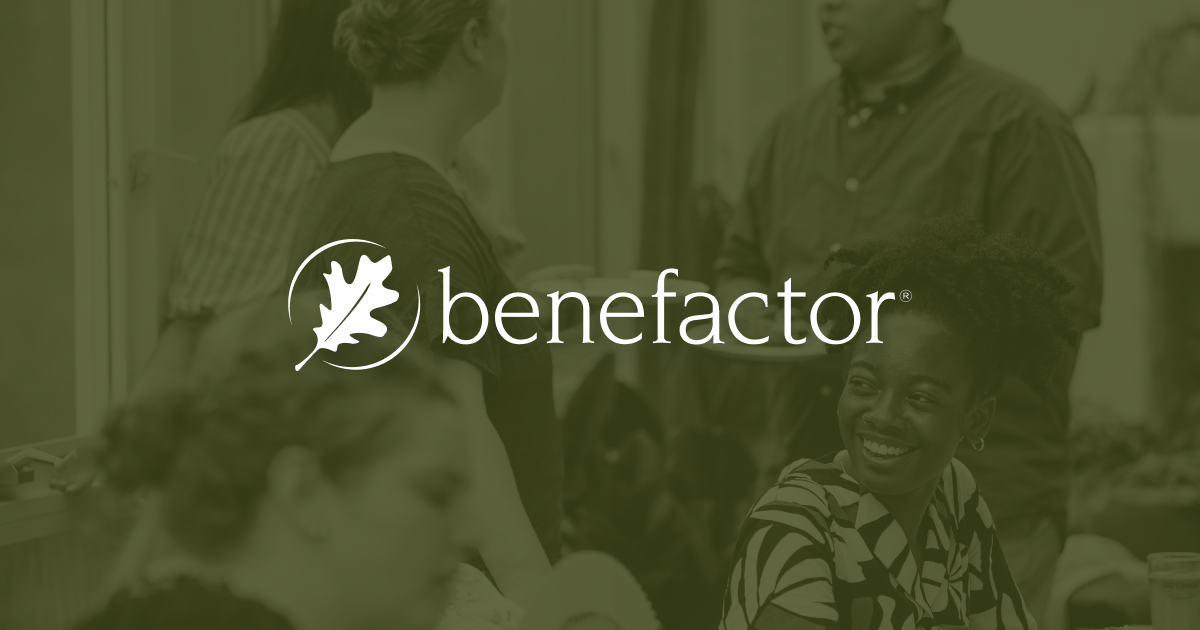Sample language for gifts by bequest for endowment
(1) I give to (the exact legal name of the organization) ___ percent of the residue of my estate, real or personal, after payment of all bequests. Or (2) I give to (the exact legal name of the organization) the sum of $_____. Or (3) I give the residue of my estate, real or personal, to (the exact legal name of the organization). (The exact legal name of the organization) shall administer these assets as an endowed fund according to its Investment and Spending Policies. The annual distributions from such fund shall be used for the purpose of ______________ (explain the purpose of the fund). The fund so established shall be known as the __________(name) Fund of (the exact legal name of the organization).
The language above is intended as an example only and should not be regarded as legal advice. Please check with the organization’s attorney for exact legal language appropriate for each state.
Charitable bequests are deductible on the donor’s estate tax return, thus passing free of estate taxes.
- Life insurance. Nonprofit organizations may accept gifts of life insurance policies. Donors may make gifts of paid-up life insurance policies to the organization and take a tax deduction for the interpolated terminal reserve (typically cash surrender value). Donors need an independent appraisal to claim the deduction.
Or, donors may make gifts of premium-due policies to the organization and then take tax deductions for gifts to the organization to pay the premiums. In either case, the organization becomes the owner of the policy, names itself the beneficiary of the policy, and retains the policy in its offices. Before accepting a policy requiring ongoing premium payments, the organization and the donor should agree, in writing, on arrangements for the future payment of such premiums. The donor of the policy is entitled to an income tax deduction of the cash surrender value of the policy and another tax deduction for the annual premiums paid, if any, following the gift of the policy. The full face value of the policy can be added to the organization’s endowment fund or used to establish a named fund as the donor requests.
Alternatively, the donor may choose to retain ownership of the policy and name the organization as the beneficiary of the policy at the donor’s death. In a written letter of agreement, the donor may direct the organization to add the policy proceeds to its endowment fund and may even describe any restrictions on the use of the fund’s earnings. Or, as with any gift, the donor may direct that the organization use the policy proceeds to create a new named fund. In both cases, the donor’s estate will report the value of the policy on the federal estate tax return and thus take a charitable deduction for the value of the gift. Or, the donor can name the organization as a contingent beneficiary of a life insurance policy. The organization would receive the proceeds only if the donor’s primary beneficiary died before the donor.
- Retirement assets. Retirement plans—including Individual Retirement Accounts (IRA), 401(k), 403(b), and other defined contribution plans—make tax-effective gifts to nonprofit organizations. Retirement funds are particularly attractive as charitable gifts because income taxes and, possibly, estate taxes will be due upon the death of the retirement asset owner. Depending on the size of the donor’s taxable estate, more than 70% of retirement fund assets can end up passing to state and federal taxing authorities. Gifts of retirement assets can be made in several ways:
- By naming the organization as a beneficiary for all or part of the assets upon the death of the retirement asset owner.
- By naming the organization as the contingent beneficiary, thus giving heirs the right to “disclaim” (decline) retirement benefits in the organization’s favor. Heirs who understand the impact of taxes on these assets may find it preferable to have the retirement assets pass 100% to a worthwhile cause.
- By creating a testamentary charitable remainder trust with the assets, naming the organization as remainder beneficiary and noncharitable heirs as income beneficiaries.
Click here to order a copy of Diana Newman’s book Nonprofit Essentials, Endowment Building to read more





